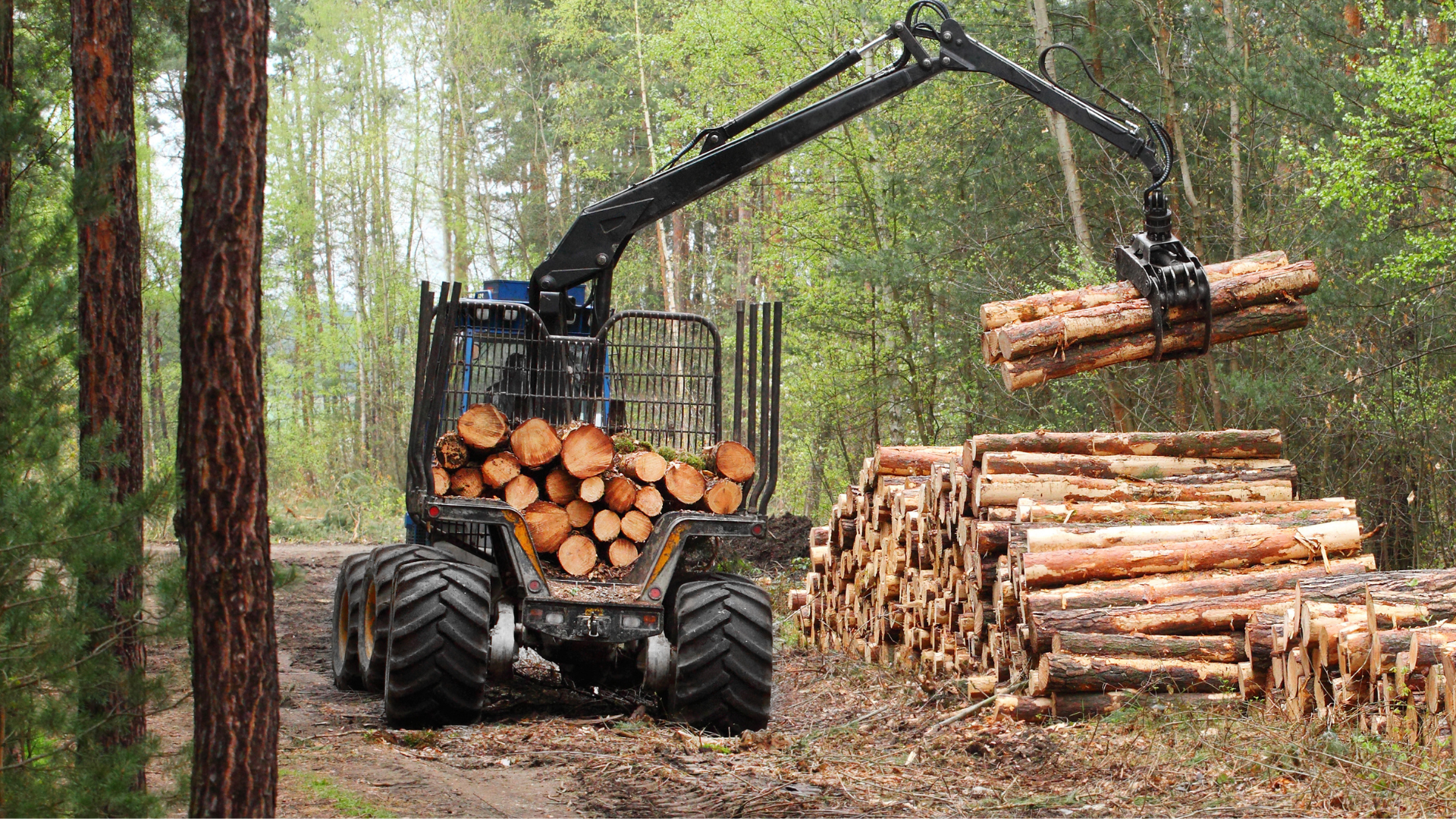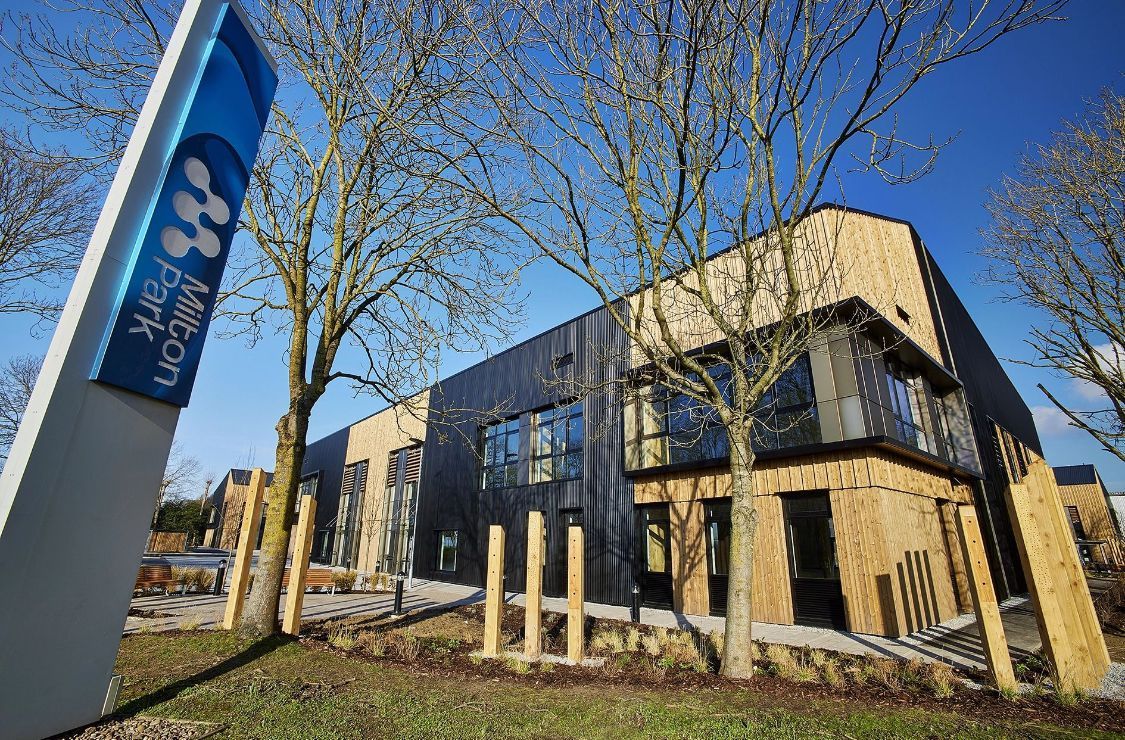
Welcome to
Green Earth Habitats
At Green Earth Habitats, we blend creativity, innovation,
and a strong environmental focus to help businesses meet their biodiversity goals.
Our custom-designed habitats enhance workspaces, benefiting both people and the natural world.
Whether collaborating with local authorities or top-tier football clubs,
we remain committed to protecting the UK's biodiversity and creating a sustainable future.
By working closely with you, we ensure that our solutions are tailored to your unique needs,
helping businesses of all sizes make a meaningful difference.
We're excited to partner with you in building a more sustainable future for all.
Custom Habitat Design & Installation
Our bespoke services cover the full process from initial design through to installation, ensuring every habitat is tailored to your specific needs.
We work closely with you to create sustainable, nature-friendly environments that support biodiversity and seamlessly integrate into your space. Our expert team handles everything, from custom design to professional installation, making sure your habitat not only looks stunning but also functions harmoniously with the surrounding ecosystem.

Sustainably Sourced Timber for a Greener Future
At Green Earth Habitats, we prioritise preserving the UK's woodlands by sourcing all our timber responsibly from sustainable forests. We work with suppliers who practice selective logging and reforestation, ensuring that our materials meet the highest environmental standards. By choosing FSC and PEFC-certified timber, we ensure top quality while safeguarding ecosystems and supporting local communities. Our commitment to responsible sourcing not only ensures premium habitats but also actively contributes to the conservation of our nation’s forests and promotes a sustainable future.

From Forest to Habitat: Crafting with Purpose
Our in-house milling and seasoning process allows us to control every detail, ensuring the highest standards of quality and sustainability. This hands-on approach not only preserves the natural integrity of the materials but also fosters the creation of habitats that are tailored to support the needs of local wildlife.

A Family Legacy of Craftsmanship and Sustainability
Green Earth Habitats is a family-run business led by two brothers who share a passion for sustainable craftsmanship and ecological design. Our workshop is based on a working farm, where all of our habitats—from barn owl boxes to solitary bee nests—are tried and tested by local wildlife. This hands-on experience with the natural world allows us to create habitats that truly support biodiversity, blending quality craftsmanship with our deep-rooted commitment to the environment.
We are proud to have worked with
We take immense pride in our collaborative efforts with a diverse array of companies and organisations, working together on projects that have truly made an impact.
Our unwavering commitment to sustainability and responsible business practices has drawn us to partnerships with like-minded entities, all united by common values and objectives. It's our firm belief that collaboration is the cornerstone of positive transformation, and we're thankful for the myriad opportunities to engage with such a broad spectrum of clients. From innovative startups to expansive multinational corporations, each collaboration has imparted valuable insights and growth.
As we look to the future, our excitement grows for the continued forging of partnerships, ones that empower us to contribute meaningfully to our global community. Our journey is far from over, and we eagerly anticipate the positive changes that our combined efforts will continue to cultivate.
Stories and Projects


















